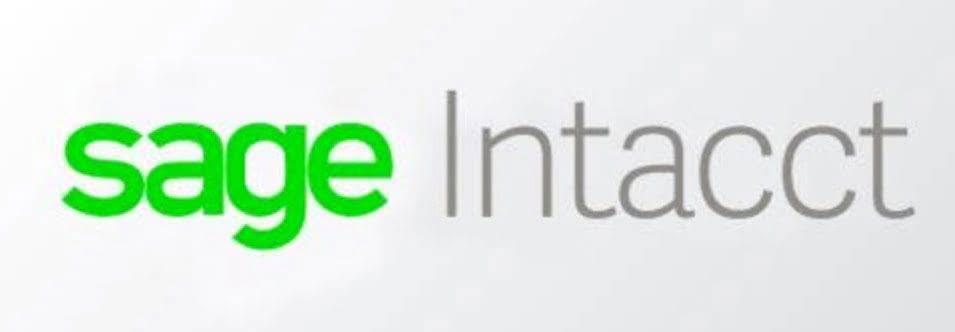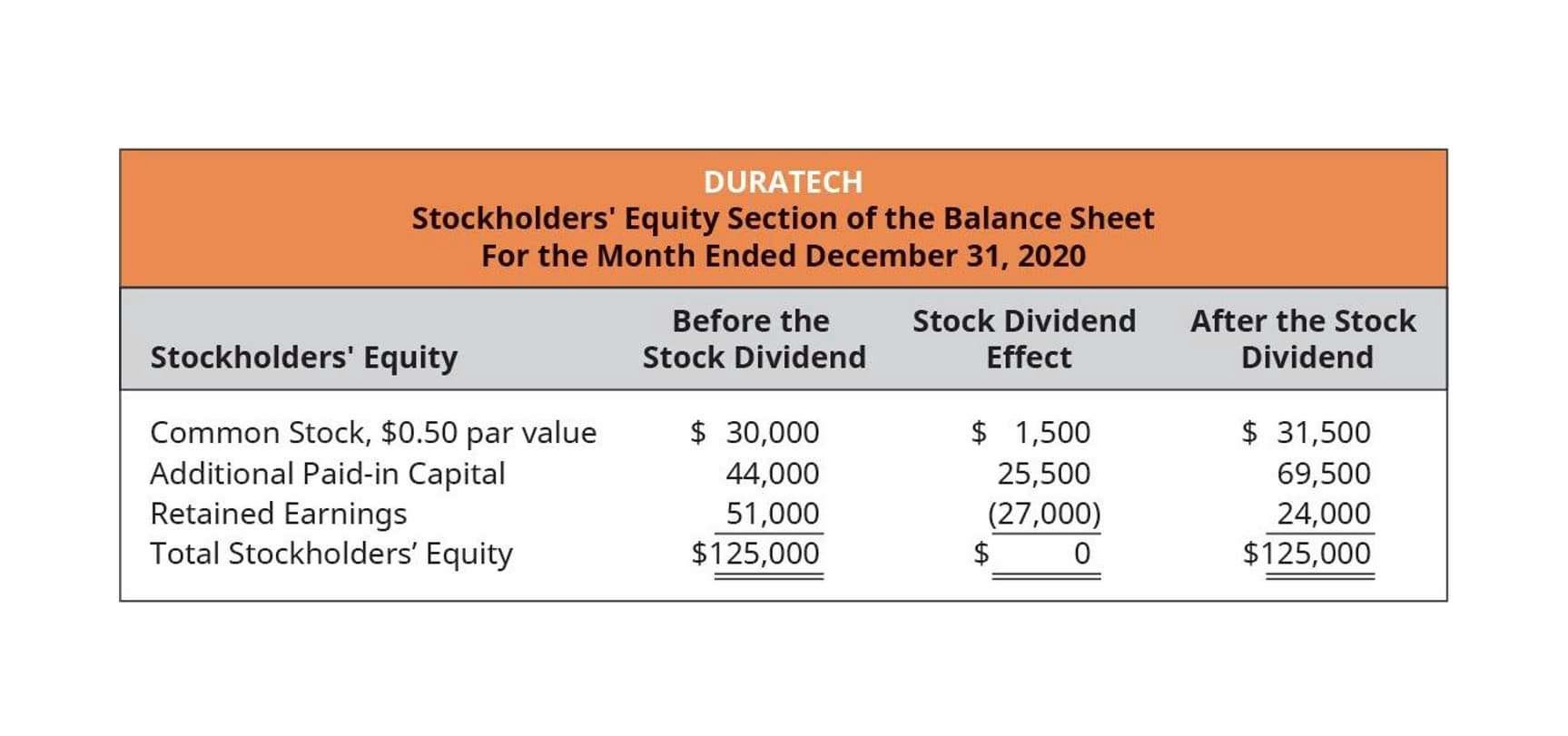
Some examples of does double declining balance use salvage value the case are mobile phones, computer equipment, and other devices which utilize technology that rapidly and regularly changes. In simple terms, Book value is the cost you paid while purchasing the asset. Depreciation expense for the year 2021 will therefore equal $1440 ($3600 x 0.4). In his professional career he’s written over 100 research papers, articles and blog posts. Some of his most popular published works include his writing about economic terms and research into job classifications.Jack received his BS from Hampshire College. For example, let’s say that a company buys a delivery truck for $50,000 that is expected to last ten years and will have a salvage value of $5,000.
- Under the declining balance method, depreciation is charged on the book value of the asset and the amount of depreciation decreases every year.
- With a good look at the concept, let’s set eyes on the benefits of the double declining balance method.
- To calculate the depreciation rate for the DDB method, typically, you double the straight-line depreciation rate.
- Similarly, compared to the standard declining balance method, the double-declining method depreciates assets twice as quickly.
Adjustments and Exceptions in DDB Calculation
Over the depreciation process, the double depreciation rate remains constant and is applied to the reducing book value each depreciation period. Unlike straight line depreciation, which stays consistent throughout the useful life of the asset, double declining balance depreciation is high the first year, and decreases each subsequent year. An asset for a business cost $1,750,000, will have a life of 10 years and the salvage value at the end of 10 years will be $10,000. You calculate 200% of the straight-line depreciation, or a factor of 2, and multiply that value by the book value at the beginning of the period to find the depreciation expense for that period.

The Double Declining Balance Method of Depreciation
Typically, accountants switch from double declining to straight line in the year when the straight line method would depreciate more than double declining. For instance, in the fourth year of our example, you’d depreciate $2,592 using the double declining method, or $3,240 using straight line. Deskera Books is an online accounting software that your business can use to automate the process of journal entry https://www.bookstime.com/ creation and save time.

Applying the Double Declining Balance Method in Real-World Scenarios

It is therefore specifically important for accountants to understand the different methods used in depreciating assets as this constitutes an important area to be taken care of by accounting professionals. To calculate depreciation using DDB, start with the asset’s initial cost and subtract any salvage value to find the depreciable base. Determine the straight-line depreciation rate (100% divided by the asset’s useful life). The Double Declining Balance (DDB) method is an accelerated depreciation technique that allows faster write-off of assets in their initial, more productive years.
And if it’s your first time filing with this method, you may want to talk to an accountant to make sure you don’t make any costly mistakes. Here’s the depreciation schedule for calculating the double-declining depreciation expense and the asset’s net book value for each accounting period. In case of any confusion, you can refer to the step by step explanation of the process below. Calculating the annual depreciation expense under DDB involves a few steps. First, determine the asset’s initial cost, its estimated salvage value at the end of its useful life, and its useful https://www.facebook.com/BooksTimeInc/ life span. Then, calculate the straight-line depreciation rate and double it to find the DDB rate.
- Here, you divide the cost of the asset minus its salvage value by the number of years it’s expected to be useful.
- In business, companies purchase equipment or physical assets that have a valuable life or a useful life.
- A financial professional will offer guidance based on the information provided and offer a no-obligation call to better understand your situation.
- As a result, at the end of the first year, the book value of the machinery would be reduced to $6,000 ($10,000 – $4,000).
- It is particularly suitable for assets whose usage varies significantly from year to year.
- For instance, in the fourth year of our example, you’d depreciate $2,592 using the double declining method, or $3,240 using straight line.
- As a small business owner, you should hire an accountant who can help you with the complexities involved with depreciation.
- Depreciation is a critical aspect when it comes to recording assets in the books of accounts.
- Double declining balance depreciation is an accelerated depreciation method that charges twice the rate of straight-line deprecation on the asset’s carrying value at the start of each accounting period.
- It has a salvage value of $1000 at the end of its useful life of 5 years.
It can lead to significant tax advantages and better matching of expenses with the actual economic benefits of the asset. A declining balance method accelerates depreciation so more of an asset’s value can be recorded earlier in its useful life. The flip side is that less of its value can be claimed in its later years. This method is most suitable for assets and equipment that can be expected to become useless and obsolete within a few years such as technology products. Current book value is the asset’s net value at the start of an accounting period.
